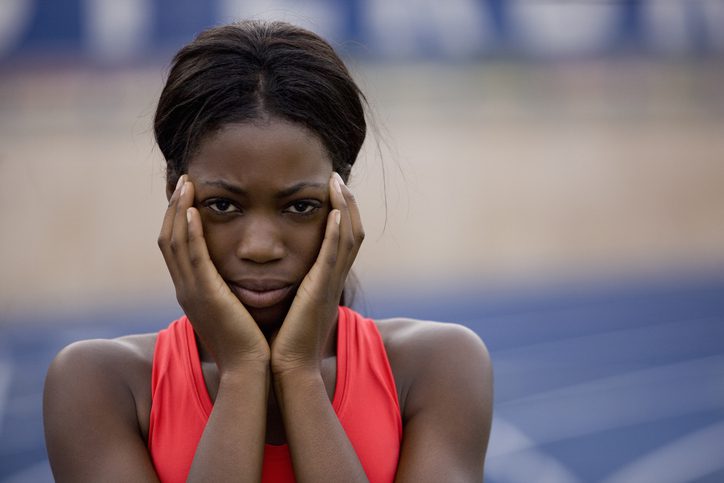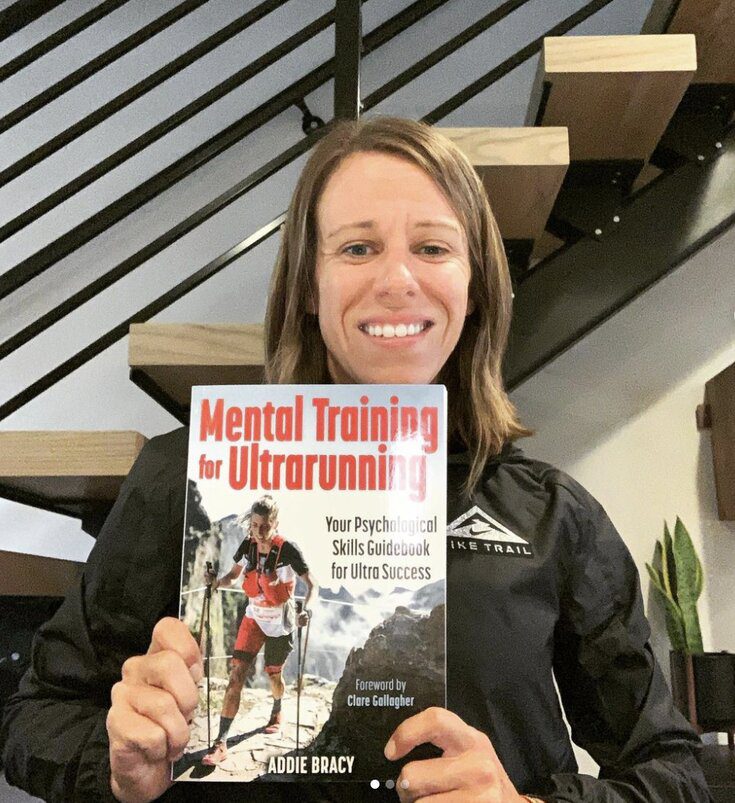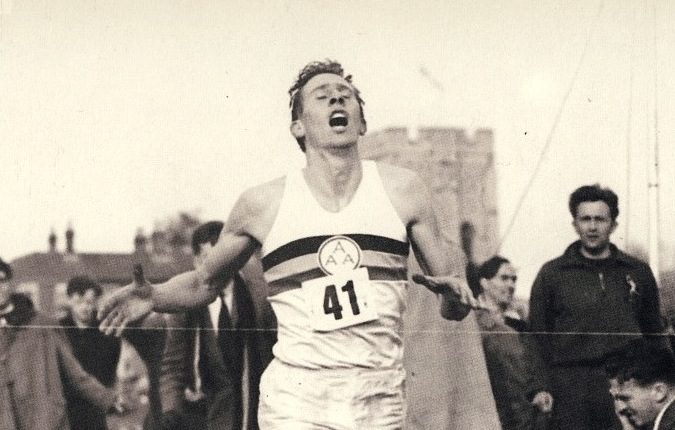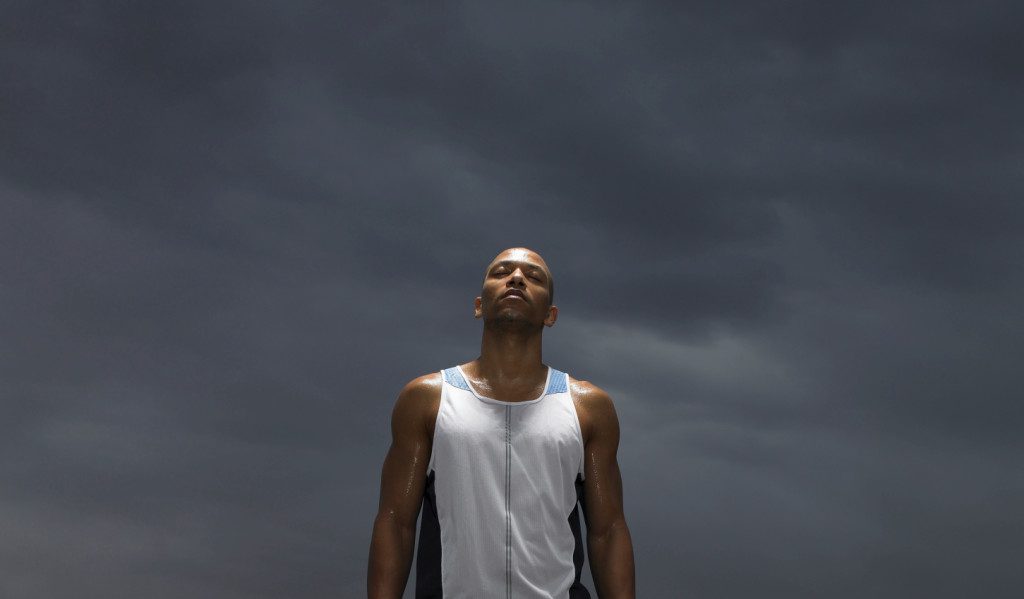Here’s how to run faster just by thinking about it
Calm pre-race nerves and train your brain for race day using these techniques

Mental imagery for running performance has been used by elite athletes for decades and is simple enough for the regular runner to start trying tonight. You’ll give your brain a workout along with preparing yourself for your event. Ultrarunner and author of Mental Training for Ultrarunners, Addy Bracy, explains: “thinking about a specific exercise produces the same brain activity that occurs when the actual task is performed.” Here’s how to get started.

Repetition
Sir Roger Bannister, the first man to run a 4-minute mile, used visualization techniques to get ready to tackle that famous distance. “Each night in the week before the race there came a moment when I saw myself at the starting line. My whole body would go nervous and tremble. I ran the race over in my mind. Then I would calm myself and sometimes go off to sleep” he wrote. If you’re familiar with the course or area that you’re going to run in, visualize yourself making your way through the course in your mind. If you’re training for a longer race, choose portions of it to run through. When you actually run the race it will feel familiar and comfortable. Try to incorporate as many of the five senses as possible: envision what you’re feeling in your body, what the air smells like, and notice the sights around you–you may feel silly doing this at first, but know that you’re training your brain to help you be a faster runner.

Visualize working through obstacles
Remember a time when you encountered something challenging in a race, whether it was discouraging thoughts, heavy legs or nausea. Imagine yourself working through that issue during your race with ease and finesse. Try this with a variety of obstacles. When you run into similar issues, your brain won’t react with shock and overwhelm; ideally, it will remember your mental practice and you’ll move fluidly through any problems. “Once you have identified possible stressors, see and feel yourself using your tools to calm your anxiety,” Bracy says. The more diverse the situations you work through in your brain, the more prepared you’ll actually be on race day.

Imagine a strong race finish
Research suggests that our brain becomes fatigued and starts signaling us to stop running in the final quarter of a race. Spend more time focusing on this last section, and envision yourself tuning out any mental chatter to stride strongly towards that finish line. Bracy suggests linking together images of several past successes, “making sure to include the emotions and feelings you derived from those experiences. Use this to enhance feelings of confidence, belief and excitement leading into a race.” The brain is a powerful tool, and adding some brain training techniques to your regime will help you on race day.


